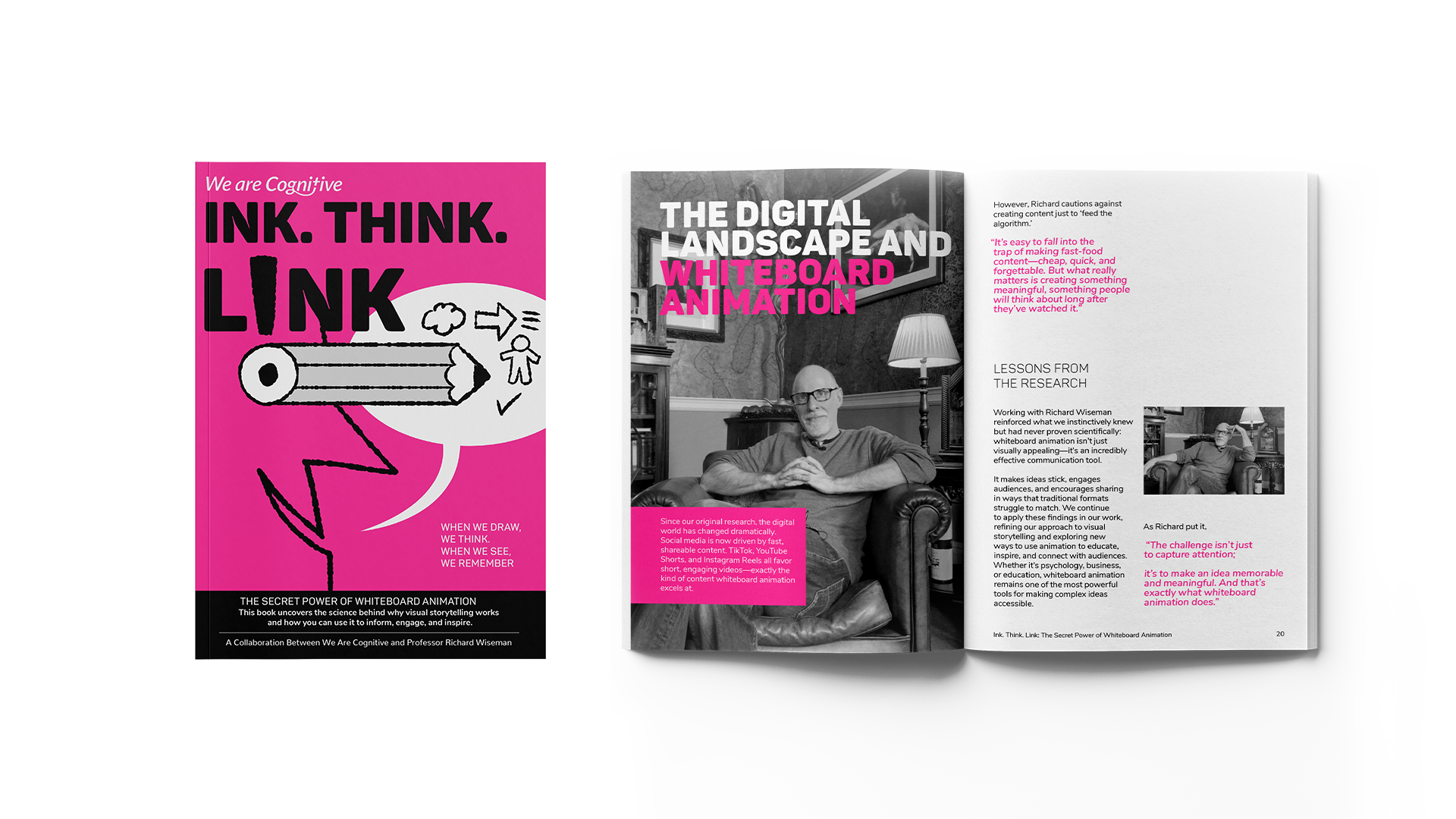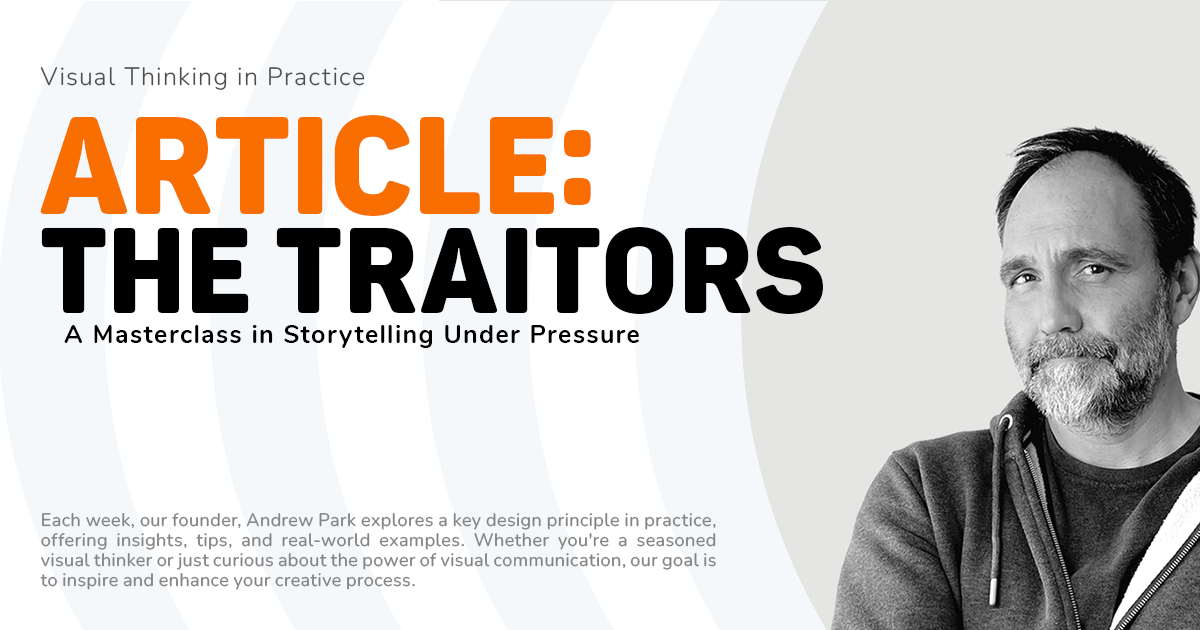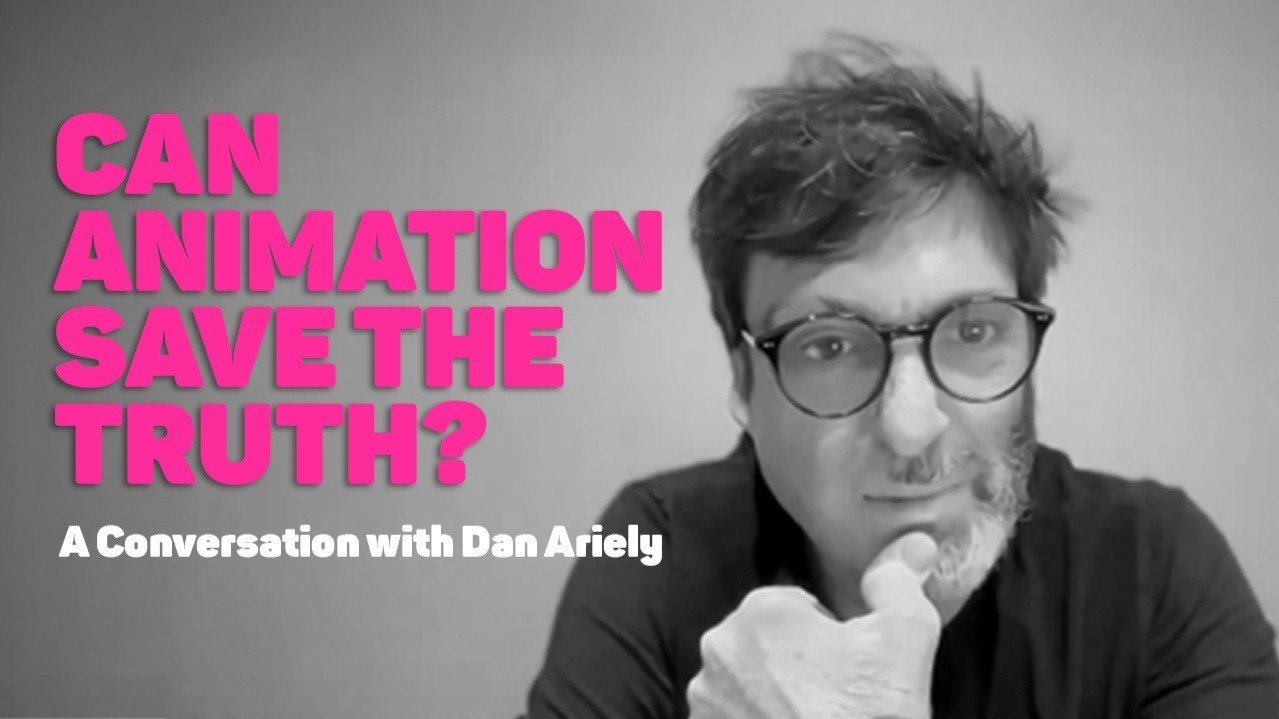Turn Data Dumps into A-Ha Moments: Visual Frameworks for Smarter Decisions and Strategies
Imagine standing in front of the whiteboard after a high-energy team internal communications strategy workshop. What’s left behind is a chaotic sprawl—half-faded notes, looping arrows, scattered numbers, and a few stubborn post-its barely hanging on. It resembles the aftermath of a brainstorming storm more than the outcome of a focused strategy session.
But if you squint, something emerges. A faint pattern, a message trying to surface. That moment—when confusion starts to crystallise into clarity—is where the magic happens. It’s also where most teams stop short.
We don’t. Because we believe the mess holds meaning. And with the right framework, that scribble-storm can transform into a spotlight moment—one that not only lands but sticks.
The Problem with Only Communicating Through Data
Data has become the default language of business. Strategic planning sessions revolve around KPIs, dashboards dominate reporting, and learning decks are packed with stats. But there’s a hitch: data alone rarely drives action.
Think about it:
Stakeholders skim dashboards and retain none of it.
Learners start tuning out by slide 27.
Leaders glaze over when Excel hits the screen.
It’s not that the data is wrong—it’s that we often confuse presenting information with communicating insight. And those are two very different things.
Clarity doesn’t automatically come from data. It’s something you construct. What people need isn’t a flood of facts—it’s a visual story: built like a narrative, not a spreadsheet, and designed to be scanned, not deciphered.
The Visual Clarity Framework: A Simple System That Cuts Through Noise
When clients hand us raw, messy inputs—from survey results to tangled process maps—we use a repeatable system to pull out what matters. Whether the goal is a strategy deck, investor pitch, or internal training, the framework holds:
1. Filter for the Core Question
Start with subtraction. Ask: What do we actually want people to understand and remember?
Raw inputs are usually bloated—dozens of columns, too many metrics, long-winded quotes, piles of survey responses. Before we visualize anything, we strip it down. One core question, one clear point. That becomes the north star.
This first step is hard but crucial. If the core question isn’t sharp, no amount of clever graphics will help.
2. Frame the Insight as a Simple Shape
Once we’ve zeroed in on the core, we translate it into a sketch. But not just any sketch—one you can draw in five seconds.
Shapes are the secret language of visual thinking. They communicate movement (before → after), comparison (A vs B), hierarchy (top-down), or cycles (loop it). That rough diagram becomes the foundation of the message.
We’re not talking about design polish here. A circle and two arrows on a whiteboard can outperform ten tidy slides if it makes the message clear.
3. Focus the Message with One Visual, One Line
This is where it comes together. We pair the visual with a single line—a sentence that gives the diagram its narrative spine. Think of it like a headline that glues itself into memory. Done right, this one-two punch (visual + line) becomes the insight people remember and repeat later.
If your audience can explain the slide in a sentence without you, you’ve nailed it.
How to Use This Framework in Your Strategy Session
This isn’t just for designers or comms teams—it’s a tool any leader or team member can use to create clarity, fast. Here are three easy ways to put it to work:
Audit your next slide deck. If you can’t sketch a slide in five seconds, there’s probably a story gap. What’s the insight, and what shape fits it?
Reverse-engineer a recent report. What was the real question it answered? Try reshaping it into one simple diagram plus a headline.
Sketch live in your next meeting. Even rough, “ugly” drawings have surprising power. They invite collaboration, surface misalignment, and bring buried insights to light.
When the Scribbles Start to Speak
Every organisation has had that “a-ha” moment—the time when someone drew a rough funnel, system loop, or quadrant and suddenly everyone understood. These moments matter more than we admit - they transform strategy planning into strategic actions.
So here’s our invitation: Think back to a time when a messy dataset became a clear direction. Or when a sketch finally made a fuzzy strategy land.
Now imagine doing that on purpose. Every time.
We’re here to collaborate with you and make this a reality. Just drop us a note or book a free strategy call and let’s shape it into something your team won’t forget.
Talk to us next time you’re preparing to lead a strategy session. Together, we’ll turn the chaos into clarity.

































